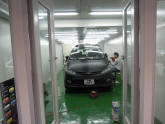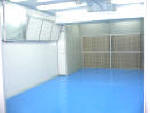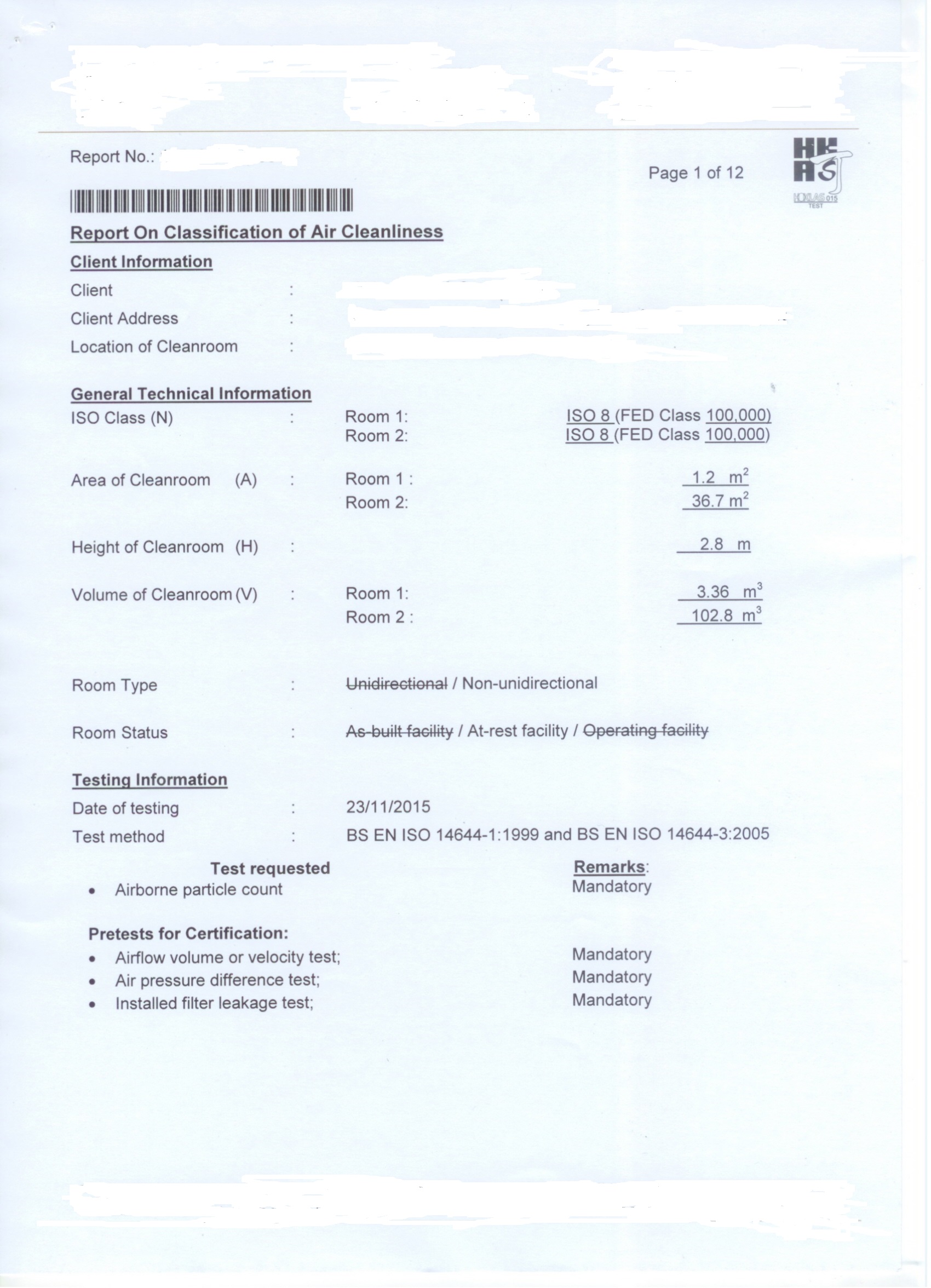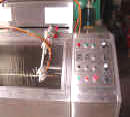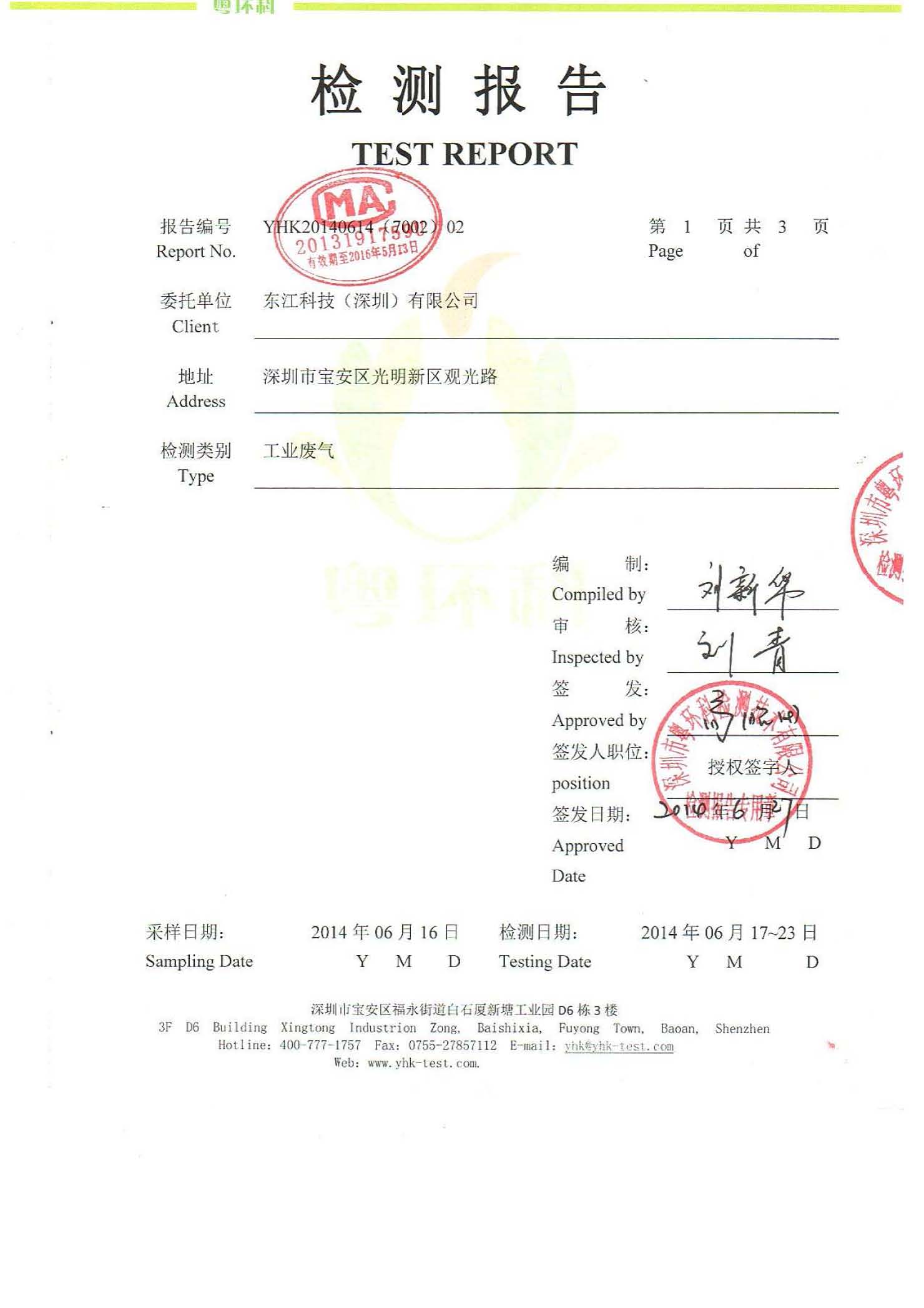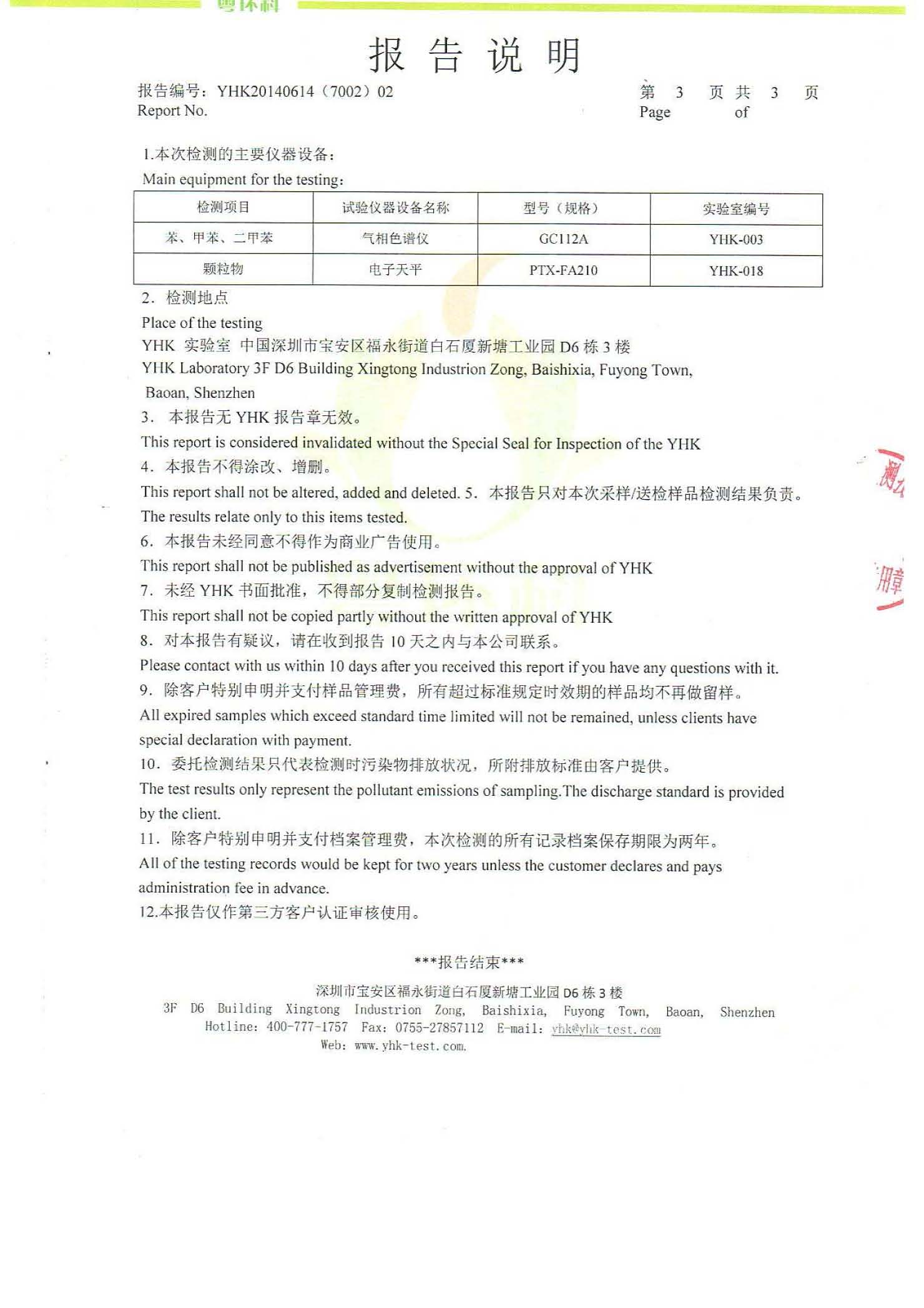|
|
����Q�����u�~�������q |
|
HONG KONG SPRAYING AND MACHINERY INDUSTRIAL CO. LTD.
|
�@
�@
| PRODUCT |
|
|
|
|
|
|
|
|
|
|
|
|
|
|
|
|
|
|
|
|
�@
| HONG KONG OFFICE |
| Address: No 7-8, 11/F Block A, Vigor Industrial Building, 14-20 Cheung Tat Road, Tsing Yi |
| �@ |
| Tel: 24317981 |
| Fax: 24320126 |
| �@ |
| E-mail: sales@hkspraying.com.hk |
| PRODUCT | CONTACT | ���� |
�@
| CLEAN ROOM | �@ |
�@
�@
ISO 14644-1 CLEAN ROOM REQUIREMENT
------------------------------------------------------------------------
�@
| The ISO cleanroom classification standard 14644-1 (implemented in 1999) has replaced the USA FS209E standard and becomes the international clean room standard | |||||||||||||||||||||||||||||||||||||||||||||||||||||||||||||||||||||||||||||||||||||||||||||||||
|
�@ �@ |
�@ ISO 14644-1 defines a clean room as ��A room in which the number of concentration of airborne particles is controlled and which is constructed and used in a manner to minimize the introduction, generation and retention of particles inside the room and in which other relevant parameters e.g. temperature, humidity and pressure, are controlled as necessary.��
��Cleanrooms can have one or more clean zones, protecting a critical area. The environment for a clean process must not necessarily be a cleanroom but can often be a clean zone in a less clean room. These clean zones can be provided by clean benches, work stations, minienvironments and isolators, the standards of which should also be considered by the designer.��
�@ |
||||||||||||||||||||||||||||||||||||||||||||||||||||||||||||||||||||||||||||||||||||||||||||||||
�@
CLEAN ROOM EQUIPMENT
------------------------------------------------------------------------
�@
| AIR SHOWER & CARGO SHOWER | |||
| �@ |
�@ to blow away dust from workers before entering the spray room to enhance the filtering effect of "Clean Room" �@ |
||
|
�@
�@ |
|
|
|
�@
�@
| FILTERING SYSTEM | |||
|
�@ �@ |
�@ to maintain the clean room in positive pressure so that only clean air will be blown in By use of ��Positive Pressurized Theory��, all outside dirty air can be washed away by 3 layers of filters to ensure only clean air can be supplied into the spray room. �@ |
||
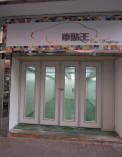 |
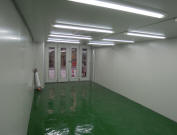 |
|
|
|
�@
|
|
|
|
�@
�@
| DE-IONIZING CABINET & DE-IONIZING MACHINE | |||
|
�@ �@ |
�@ to blow away electro-statics and dust by de-ionized blower �@ |
||
|
|
|
|
|
|
|
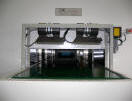 |
|
|
�@
| CHANGING ROOM | |||
|
�@ �@ |
�@ Workers need to wear protective clothing (hoods, face masks, gloves, boots) before entering clean zones �@ |
||
|
|
|
�@ | |
| �@ | �@ | �@ | |
�@
�@
| LAMINATED PARTITIONS& EPOXY FLOORING | |||
|
�@ �@ |
�@ to reduce electro-statics and dust accumulation �@ |
||
|
|
 |
|
|
 |
 |
|
|
�@
�@
| DUST COLLECTION FOR GRINDING | |||
| �@ | �@ | ||
|
|
 |
|
|
| �@ | �@ | �@ | |
�@
�@
| SECONDARY FILTERING SYSTEM | |||
| �@ | �@ | ||
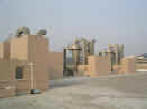 |
|
|
|
| �@ | �@ | �@ | |
�@
�@
| CLEAN ROOM REPORT: ISO 14644-1 CLASS 10K | |
|
�@ �@ |
|
���۰ʲ���[�Q����
-------------------------------------------------------------------------
�@
| �B�@��z | ||
|
�@ �@ |
�@
���Q�����Q�� "�t�����O"
��z�M�~����,��l�L�Q����P���V�X, ���Ϥ������������� "�s����"
�ĪG�ӹ����M�~���o�o��,���o���d�������,�Q�������Ů�h�ƥX�ǥ~,
�ҥH�����A�X�����c��������[�Q������.
�@ |
|
�@
| �u�I | ||
| �@ | ���Q�����ŦX����Ҥu�B�W�w���o���̰��i�Ʃ�q�з� (OEL), �]�Ӧ�������[�Q���ɫ��w�ϥΪ��Q����. |
|
�@
| �@ | �@ | �@ | �@ |
| �@ �@ |
�@ | �@ | �@ |
�@
�@
�@
�콦�Ϊ��ݲ���[�Q����
-------------------------------------------------------------------------
�@
| �L�o��z | ||||
| �@ |
1. ��ر��ਤ��,
�Q�j�n�\���פμQ�����Ƨ��i�ۥѽծ�, �O���������� 2. �����ĥΤ����s�y 3. �t�Ʀ۰ʮ�Q�j, �Ͳ��IJv��, �C�p�ɲ��q�F 80 ����� 4. �i�Q��Ӥp�����콦�s��ο��� �@ |
|||
|
�@ |
|
|
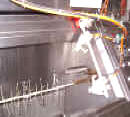 |
|
�@
�@
�@
���ݲ���[�Q����
-------------------------------------------------------------------------
�@
| �u�I | |
| �@ |
1. ��ر��ਤ�ץi�ۥѽծ�, �Q�j�n�\���פμQ�����Ƨ��i�ۥѽծ�, �O���������� �@ 2 . �i��Φ۰ʮ�Q���j�Φ۰��R�q�Q���j, �Ͳ��IJv��, �C�p�ɲ��q�F 80 ������@ 3. �i�Q��Ӥp�����콦�s��ο���
|
| �@ �@ |
|
|
|
| �@ �@ |
�@
|
�@ | �@ |
�@
�@
����[�y����
-------------------------------------------------------------------------
| �@ �@ |
�@ 1. ����[�Q����J�K�l�e����y����������H�O����ح��o�����ƫG�R 2. �i�P���\�� 10 ����� 3. �j�ਤ��, ��V�ήɶ����i�ۥѽծ� �@ |
�@
| �@ | �@ | �@ | �@ |
| �@ | �@ | �@ | �@ |
| �@ | �@ | �@ | �@ |
| �@ | �@ | �@ | �@ |
| �@ | �@ | �@ | �@ |
| �@ | �@ | �@ | �@ |
| �@ | �@ | �@ | �@ |
| �@ | �@ | �@ | �@ |
| �@ | �@ �@ �@ |
�@ | �@ |
�@
�@
�@
�@
�@
�o����ղŦX�^��,����Τ����a�з�
-------------------------------------------------------------------------
�@
| �^�� OES �з� | |
| �@ |
�@ 1. �Ĥ@�Ӽo��˥��t�зǼQ�@��� 2. �ĤG�Ӽo��˥��ߨ������Q�@��� |
|
COMPONENT VOC |
OES Limit | Sampling with standard Water-Wash Spray Booth (Shenzhen: 7/1/98) |
Sampling with Specially made Water-Wash Spray Booth (Chek Lap Kok:30/7/98) |
|
Isopropyl alcohol �@ |
400ppm | <0.1ppm | <0.1ppm |
|
n-butyl alcohol �@ |
50ppm | <0.1ppm | <0.1ppm |
|
Ethanol �@ |
200ppm �@ |
0.5ppm �@ |
<0.1ppm |
| Methylethyl ketone | 1000ppm | 6.8ppm | 2.8ppm |
| Phosphoric acid | 1mg/m3 | 0.2mg/m3 | <0.05mg/m3 |
�@
Conclusion
The concentrations of five different parameters in the paint mist were measured at Shenzhen (7-1-98) and Chek Lap Kok (30-7-98) respectively and the results are presented. It is concluded that the VOC (including Isopropyl alcohol, n-butyl alcohol, Ethanol, Methylethyl ketone) and Phosphoric acid arepresent in an insignificant amount and within the OES limit.
�@
�@
A note on the quoted OES listed in the above table
|
The objective of this regulation is to prevent disease at workplace due to exposure of hazardous substances. �@ |
�@
�@
�@
| ���� OEL �з� | |
| �@ |
�@ |
�@
| �����a�з� GB/T 16157-1996 | ||
| �@ |
�@ |
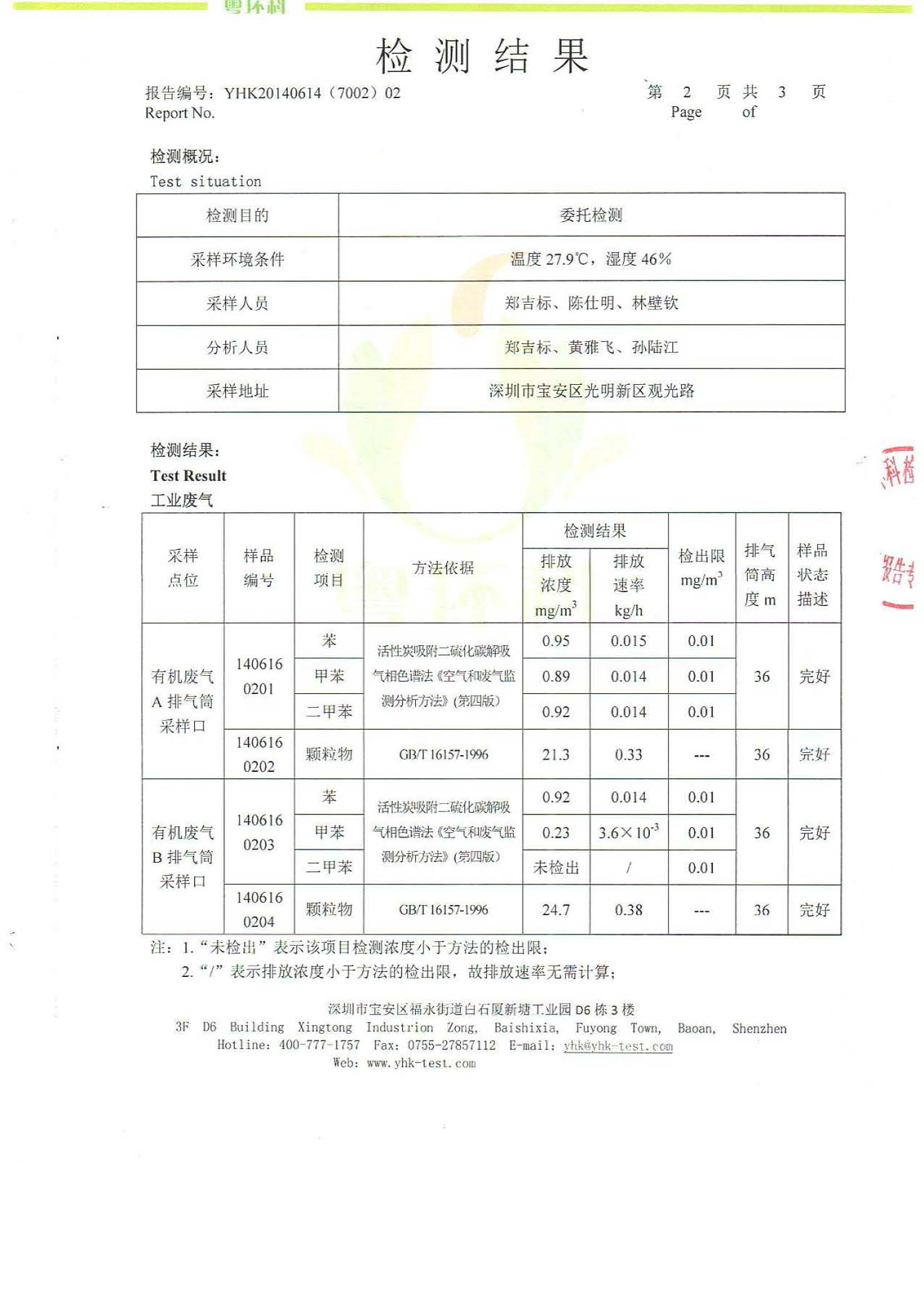 |
|
�@ �@ |
�@ |
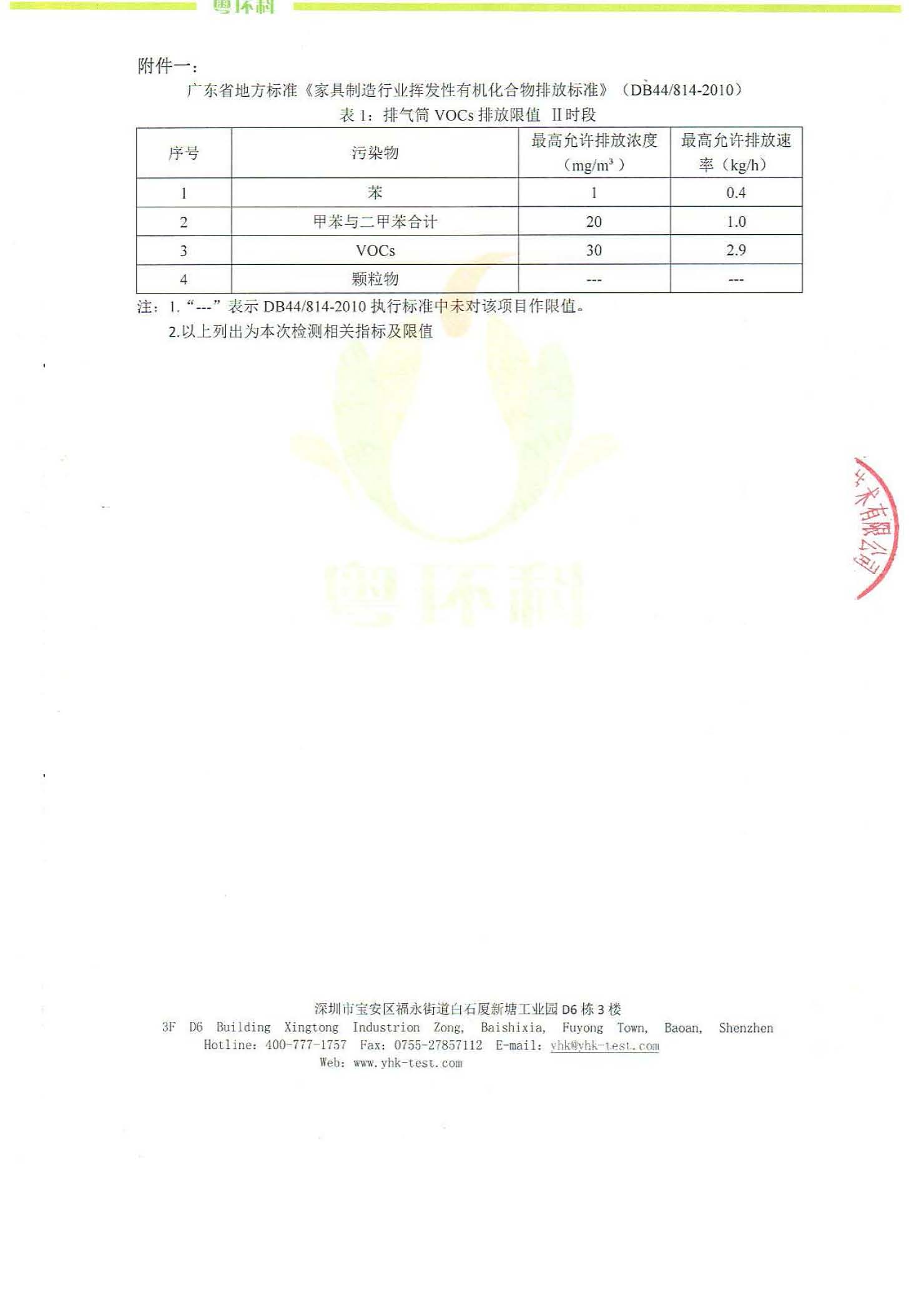 |
||
|
�@ �@ |
||||
| �@ �@ |
||||
| �@ | �@ | �@ | �@ | |
| �@ | �@ | �@ | �@ | |
| �@ | �@ �@ |
�@ | �@ |
�@
�@
�@
�@
